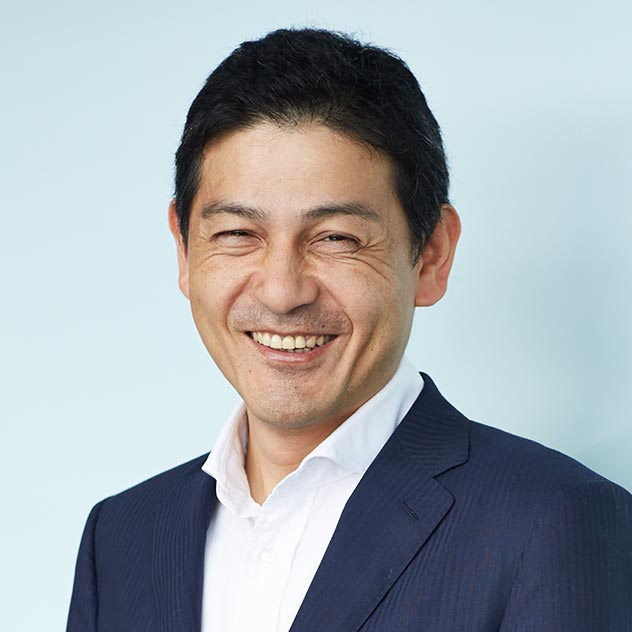Towards a new society brought about by the COVID-19 pandemic;
Transit Oriented Development (TOD) as a Network Hub
Kiyoyoshi Okumori, Executive Officer, Principal, Urban Development Planning Group, Urban Project Department, NIKKEN SEKKEI LTD
(The positions in this article were current at the time of publication.)
Scroll Down
The COVID-19 pandemic saw major restrictions on movement imposed in cities around the world.
I feel that along with the discovery of new values, such as working remotely, life with limited mobility has also, in reality, given rise to questions about cities and the nature of mobility up to this point.
In this column, I would like to give voice to my thoughts on the future of cities and mobility.
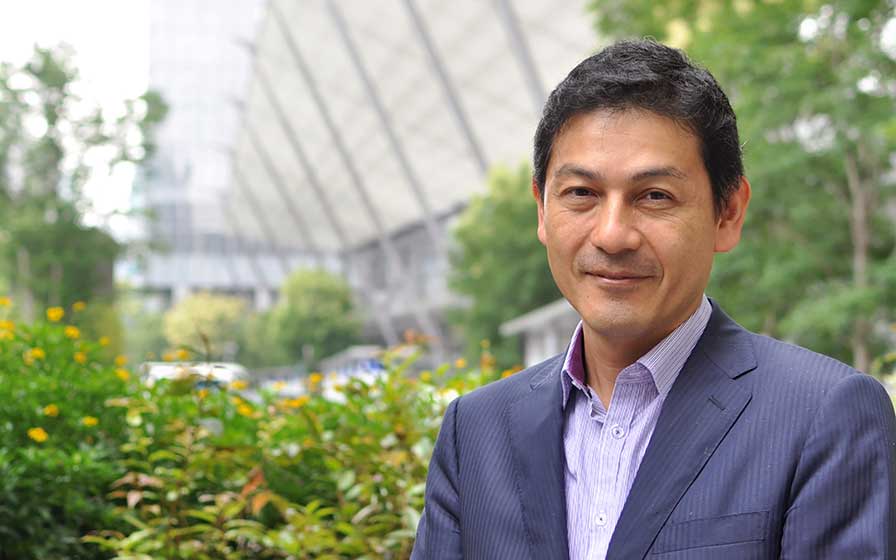 Kiyoyoshi Okumori, Executive Officer, Principal, Urban Development Planning Group, Urban Project Department, NIKKEN SEKKEI LTD
Kiyoyoshi Okumori, Executive Officer, Principal, Urban Development Planning Group, Urban Project Department, NIKKEN SEKKEI LTD
(The positions in this article were current at the time of publication.)
A shift from centralized to decentralized mobility
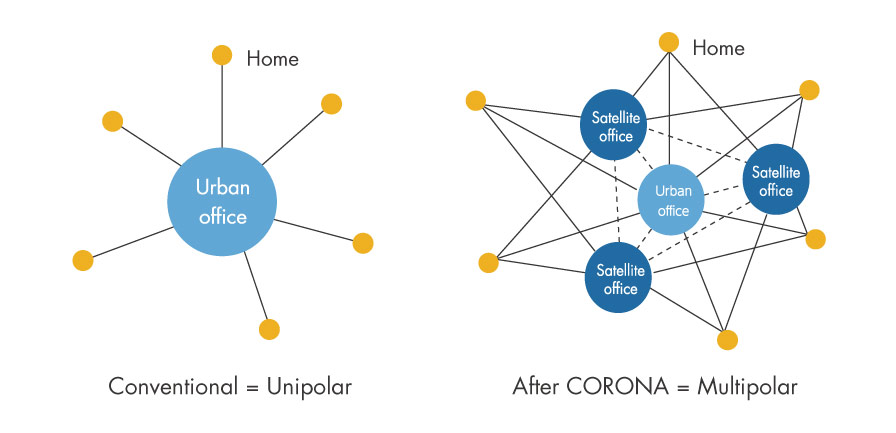 Schematic diagram of centralized and decentralized models
Schematic diagram of centralized and decentralized models
Role as network hubs of walkable spaces around stations
Strategies for these walkable areas cannot be realized by rail operators alone. It is important to create a vision for these areas in collaboration with local governments and nearby businesses.
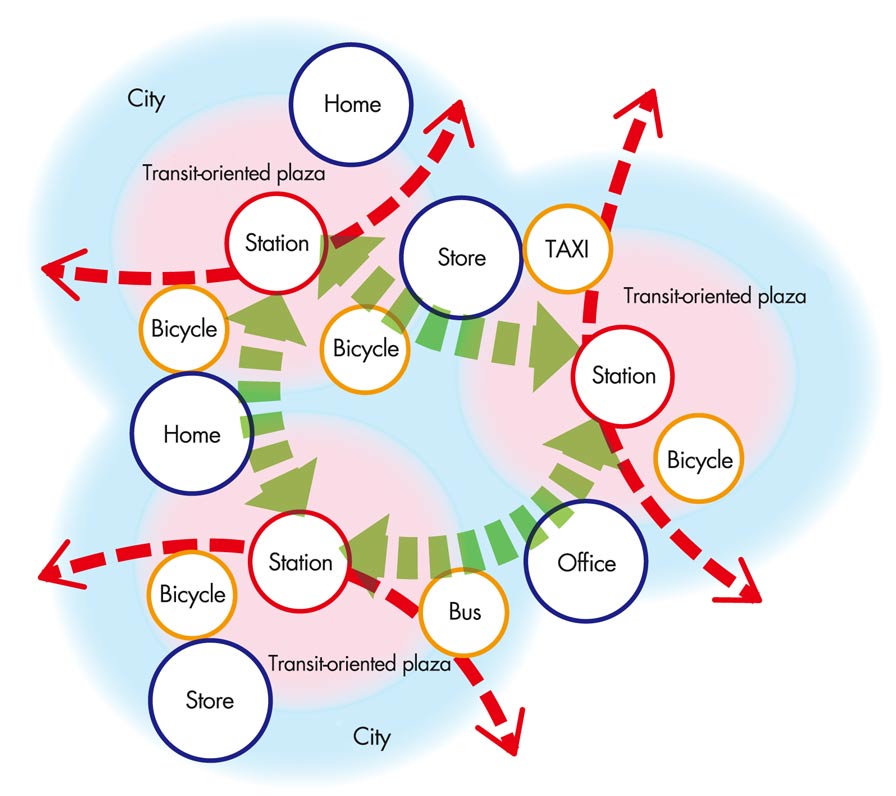 Transit-oriented spaces as network hubs
Transit-oriented spaces as network hubs
Proactive responses to diverse choices in transportation modes
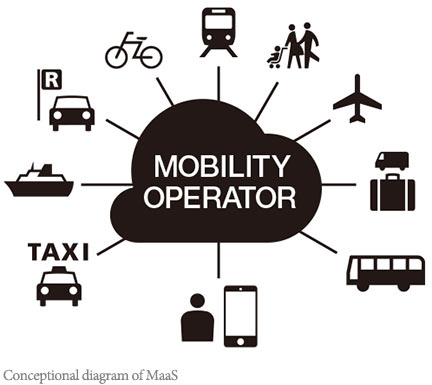
The development of an urban model that uses MaaS to make the selection of “time and place” smarter can be expected to make cities more resilient to pandemics.
Developing transit-oriented spaces with light and wind
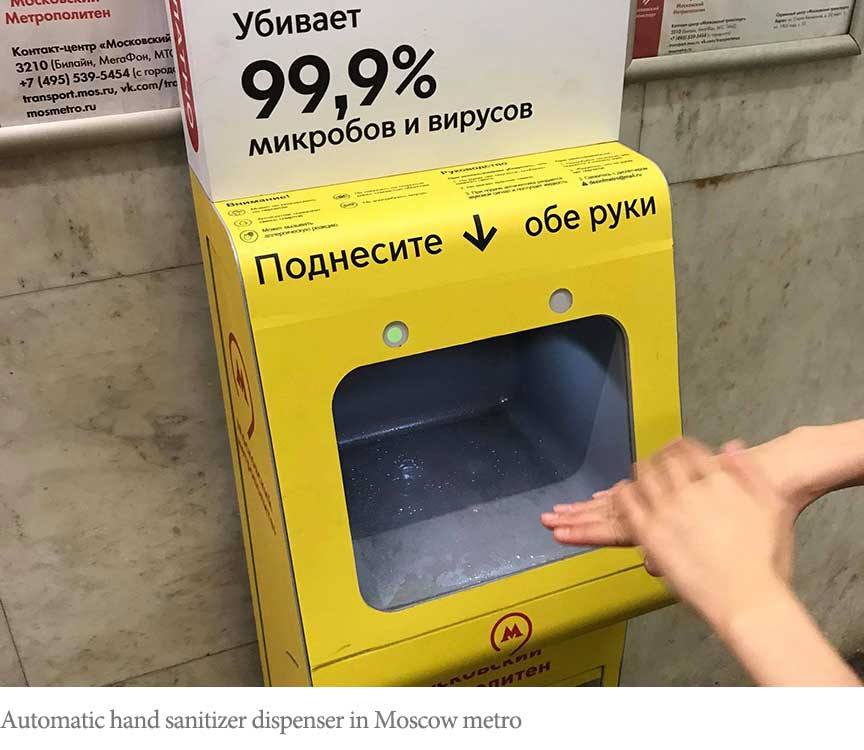
A more proactive response will be the need to create more open station spaces. Increasing the number of stations with abundant natural light and where commuters can feel the fresh breeze will not only raise the comfort level for travel but will also ensure safety.
Although it will be necessary to make exits and entrances easier to understand and amplify spaces connected to street levels, these measures are important not only to counter the novel coronavirus, but also as BCP measures in the event of a disaster.
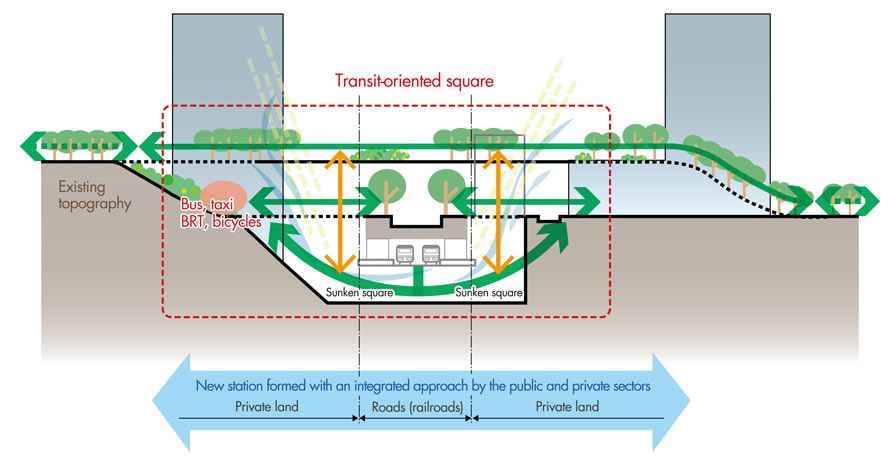 Image of transit-oriented space with natural light and wind
Image of transit-oriented space with natural light and wind
